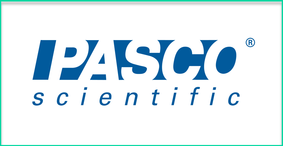
Unfortunately, these skills are often overlooked, or touched on only briefly. Many times teachers can be understandably intimidated by these types of tasks, particularly at the elementary level if they don’t have a science background.
This is where PASCO scientific comes in. They have developed a collection of easy to use, wireless data collection probes that come with K-12 curricular resources and support materials designed to make data collection and analysis tasks easier for classroom teachers to implement. The PASCO team has an excellent collection of new tools and lessons, so let’s check them out!
A little cheesy in parts, but you get the idea. For anyone who has used data collection probes in the classroom before, I think you’ll immediately see the potential for these probes. I can’t tell you how many hours I’ve spent trying to get older probes connected to a computer and actually working with some piece of complicated software.
That’s definitely not the case with these wireless probes and SPARKvue. The time I spent getting these probes connected to my iPad (including unboxing) was less than 1 minute. I took it out, turned it on, tapped the Bluetooth button within the SPARKvue app, and that was that. Ridiculously easy, and something that students even elementary classrooms would be able to handle.
And if you’re using a PC, Mac, Chromebook, or Android tablet instead of iPads, that’s OK too, because these probes will connect with a those devices as well. The only caveat there is, if your computer doesn’t support Bluetooth, you’ll need a USB dongle ($12) so that the wireless probes can pair with the computer. Otherwise, it’s just as easy to set these up with an iPad as it is with a computer.
In addition to the temperature probe mentioned above, the PASCO team has unveiled an entire suite of probes including pH, conductivity, light, voltage, current, acceleration, pressure, and their Smart Cart which can be used to track velocity, position, force, and acceleration.
In short, anything you might need to measure during a K-12 science experiment, they’ve got a new wireless probe for. All of which are available at very reasonable price points (and about half the cost of what Vernier offers).
I had the opportunity to test out and evaluate the pH, temperature, pressure, and Smart Carts with the preservice teachers I teach at Indiana University.
To start with, everyone’s first observation (similar to mine) was how easy it was to get started collecting data. No one had any trouble getting their probes connected and working, and no instruction books or manuals were needed.
With the SPARKvue software you can collect data, create customizable graphs, export those graphs, and engage in a variety of NGSS-aligned experiments involving the data collection probes.
We spent some time exploring all of these, and from the technical standpoint, everything went off incredibly smoothly. SPARKvue is very friendly to use, and simple enough that elementary students could handle the app. That being said, it also includes more in-depth and complicated features for secondary classrooms that want to dig deeper.
You can customize your axes, add comments and notations to your graphs, change the measurement type (i.e. Centigrade to Fahrenheit to Kelvin), and a whole lot more. Here’s a quick overview of the app to provide a little more detail on what it looks like in action:
If you’re using the SPARKvue app on an iPhone or iPad you can also use it with the onboard accelerometer to collect data, so you don’t even need a probe to get started!
Next, let’s talk a little about the curricular side of PASCO, because their team has a ton of great resources designed to help guide students through data collection activities.
To begin with, the PASCO YouTube channel has overview videos for all of the probes in case you need any guidance setting things up. You can also find some shorter introductory experiments to get started with as well. For example, here you can see how you could measure the pH of water and watch how it changes as carbon dioxide is added (through you blowing into the water with a straw)
It’s a simple experiment, but it’s a great place to start a conversation about pH, the respiratory system, and to get students used to collecting and analyzing data.
Within the SPARKvue app, you’ll find an even larger number of curricular resources as well as experiments that can walk students through an activity step by step.
The only downside here (that my students pointed out) is that the experiments don’t have a quick way of telling you which sensor they’re meant to be used with until you actually get into the experiment and see what materials are needed. It would be nice to have a little logo next to the experiments, just so you could very quickly see which sensor is required.
The other point that we noticed was that some of the language and vocabulary used in the elementary lessons might be a little advanced for some students, so it would be nice if they could include an audio narration track as well.
Aside from that, the experiments are excellent and do a really nice job with scaffolding complex experiments into more simple step by step processes. The experiments also include assessment activities, so teachers can check in on student understanding as well.
On top of that, they allow students to add journal entries, add images, and record videos as well. These options are excellent for allowing students to document their problem-solving process as they work through an experiment.
All told, PASCO has 10 specific labs for elementary, 18 for middle school, and over 50 across high school sciences (i.e. biology, chemistry, physics etc). They've also just released 8 labs for their new SPARKvue update and 7 labs specifically designed for the wireless sensors. Plus, these labs are all being updated and added to continuously throughout the year. These labs are in addition to the excellent YouTube demos (mentioned above) and the lab manuals / teacher guides that you can purchase as well.
Overall, I am a big fan of what PASCO is bringing to the table here. PASCO’s wireless data collection probes are incredibly easy to use and the SPARKview software can be implemented at both the elementary and secondary level. Plus, if you are in the need of added curricular resources, the SPARKview experiments provide a structured and scaffolded walkthrough of a variety of K-12 experiments. On top of that, the price of these probes and the variety available are better than any competitor’s that I’ve seen.
Finally, PASCO offers an enormous range of professional development. From free, live online training, to customized webinars and onsite training, and so much more, they’ve got the support side well-covered.
If you are need of data collection instruments for your school, regardless of the type of devices that are being used in your classrooms, I absolutely recommend considering PASCO Scientific’s new wireless probes.
And if you have any specific questions on these probes or how they work, feel free to email me!
The opinions expressed in this review are my own.
I was not compensated for writing this review.

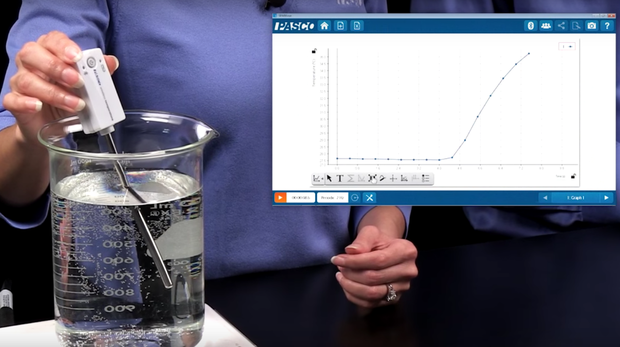
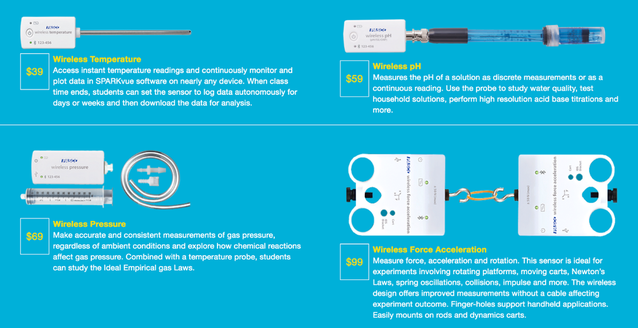
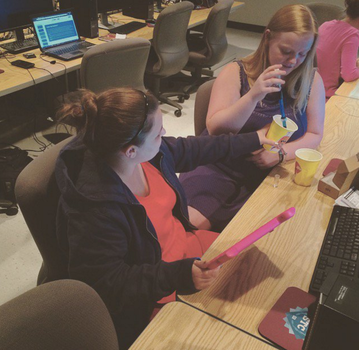
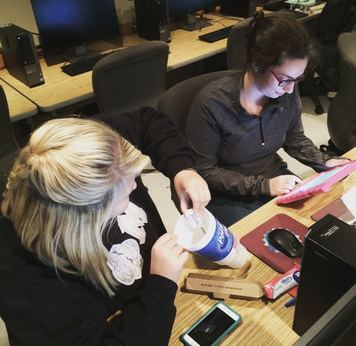

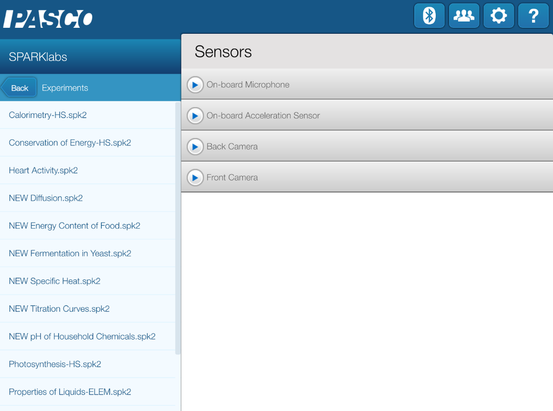
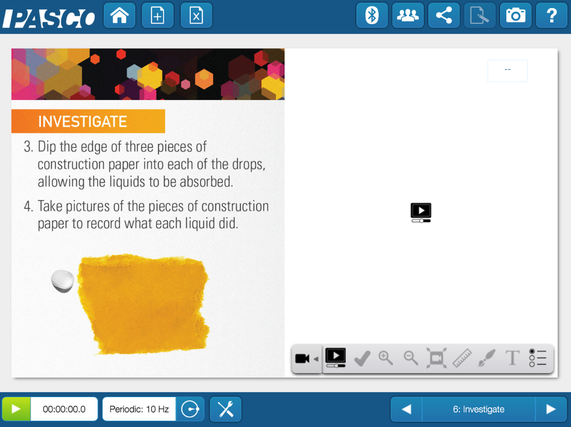
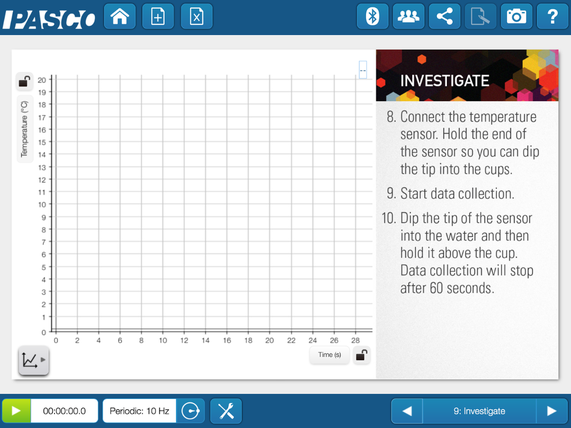



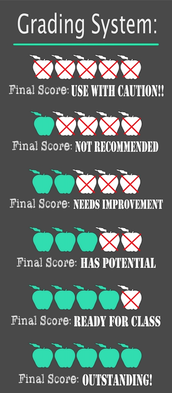






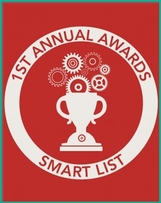
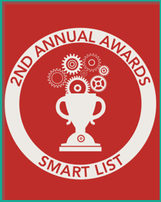


 RSS Feed
RSS Feed
